Tongan Food Dishes: Basic Overview
Common Ingredients
Common Cooking Methods
Courses
Meals
Key Taste
Eating Etiquette
Meal Presentation
Culinary Festivals
Influence and Fusion
Popular Types of Tongan Dishes
-
Casseroles and bakes
Tongan cuisine offers many baked dishes.
The traditional versions of these specialties are wrapped in taro leaves and baked on an umu (a traditional oven made of volcanic rocks).
Tongan baked dishes usually feature succulent meat, vegetables, and coconut milk.
-
Desserts
Tongan desserts are usually sweet and creamy.
Most of these dishes contain fruits, flour, and rich ingredients like coconut milk.
Tongan dishes are the specialties that the inhabitants of Tonga (an island country in the South Pacific Ocean) have enjoyed for centuries. These dishes are brimming with fruits, vegetables, and seafood and focus on the natural flavor of food.
Tongan dishes bear many characteristics of Polynesian cuisine and aren’t heavily Westernized. Their preparation uses the same cooking techniques as delicacies in Samoa and neighboring Polynesian islands.
I will provide you with more facts about the common features of traditional Tongan dishes, followed by their international popularity and healthy aspects. The section that follows focuses on the 9 terrific Tongan dishes that create the cuisine of this Pacific country.
For each Tongan dish, I will cover its origin, type of food, main ingredient, cooking method, and other essential features, like the name’s meaning, history, and flavor profile.
Next, I will provide you with an overview of Tongan cuisine and suggest beverages to pair with local dishes.
9 Most Popular Tongan Dishes with Filters
Scroll down to explore 9 excellent Tongan dishes. I have ranked these options in order of popularity for your ease of reference.
While the number of options is low, I recommend you use my interactive filters for an easier reading experience. There are options for alphabetical sorting, main ingredients, taste, cooking methods, dish types, courses, and global popularity.
Also, don’t forget to filter the dishes based on traditional, national, and exotic labels.
‘Ota ‘ika
- National
- Traditional
‘Ota ‘ika is a traditional raw fish salad in Tonga. Regarded as the country’s national dish, it is a well-loved appetizer and a side dish.
Tongas prepare ‘ota ‘ika by marinating fresh fish (ideally tuna, blue cod, or mahi mahi) in tangy lemon or lime juice.
While the method of making ‘ota ‘ika is somewhat similar to Peruvian ceviche, the Tongan specialty contains rich coconut milk and finely chopped vegetables like tomatoes and onions. ‘Ota ‘ika is also popular in Samoa and Tahiti.
Lū
- Traditional
Lū is a traditional stuffed dish in Tonga. Its basic ingredients are taro leaves (also called lū in Tongan) for the wrap and onions for the filling.
This terrific Tongan stuffed dish boasts a customizable filling with coconut cream or milk, corned beef, pork, or chicken. Traditional preparation for lū involves cooking in an umu, an underground oven made of lava rocks.
Serving lū with rice, baked potatoes, macaroni salad, or salad turns it into a hearty main course, a savory lunch, or a convenient takeaway.
Outside of Tonga, you can find lū in Samoa, Fiji, Hawaii, and the Cook Islands under other names, such as laulau, rukau, lu’au, and palusami.
Lū Sipi
- Traditional
Lū sipi is a traditional Tongan dish consisting of aromatic lamb cooked in onions and coconut milk. These ingredients are wrapped in taro leaves and baked into a satisfying main course.
In Tongan traditions, lū sipi is the go-to dish for after-church Sunday meals or kaipola (Tongan large feasts). Besides Tonga, this rich dish also has fans in New Zealand.
Lo’i Feke
- Traditional
Lo’i feke is a popular seafood dish in Tongan cuisine. Locals prepare it by boiling octopus (called feke in Tongan) and onions in coconut milk.
Although plain octopus may be chewy and bland, lo’i feke offers tender and succulent octopus in rich, creamy coconut milk.
Traditionally served with boiled yams or bananas, lo’i feke encapsulates the unique tastes of Tonga. To try coconut milk dishes similar to lo’i feke, go for fa’alifu fa’i (bananas with coconut sauce) and ‘ufi lolo’i (yams cooked in coconut milk).
Taioro
- Traditional
Taioro is a traditional Tongan condiment of Polynesian origin. Grated coconut or leftover coconut milk pulp forms its base, which is fermented into a flavorful substance.
Taioro goes well with various main Tongan dishes. While it shares a name with pahua taioro, these two are entirely different dishes; the latter is a Tahitian dish made with turbot snails and clams.
Vai Siaine
- Traditional
Vai siaine is a traditional Tongan dessert using only bananas and coconut milk. These ingredients are boiled to create a soft, pudding-like consistency.
Vai siaine is perfect for rounding off a hearty meal. While this moist pudding is fantastic on its own, adding coconut shavings or fresh fruits as toppings can take it to the next level.
Limu
- Traditional
Limu refers to edible marine flora, like seaweed and algae, and is a traditional food ingredient in Tonga. Limu Moui is a brown seaweed variant that is significantly popular among the limu family.
The culinary applications of Limu are numerous. People usually savor it raw, but you can make it into main courses and side dishes.
Not only Tonga but also many Polynesian countries feature limu in their foods.
Faikakai Topai
- Traditional
Faikakai topai is a Tongan dumpling dessert often prepared in large batches, especially for special occasions. Its main ingredients are all-purpose flour, baking powder, and shredded coconut or coconut cream.
However, the true star of faikakai topai is the sweet coconut sauce, a mixture of coconut cream and brown sugar. The dumplings are bathed in it to soak up the flavor.
Besides the classic version, interesting faikakai topai variations can replace coconut with other ingredients. A few examples are faikakai ngou’a with taro leaves, faikakai mei with breadfruit, faikakai malimali with bananas, and faikakai manioke tama with cassava.
Lu Pulu
- Traditional
Lu pulu is a Tongan dish that wraps canned corned beef, onions, and tomatoes in taro leaves. The wrap is coated with coconut milk and baked to perfection.
Lu pulu can be a main course with rice or boiled yam. Beef briskets or other cuts sometimes replace corned beef in this wrapped dish.
A must-try lu variety is kapisi pulu, which swaps out the taro leaves for cabbage.
The ingredients and cooking techniques used in preparing these lu pulu variants illustrate the uniqueness of traditional Tongan dishes.
What Is Special About Tongan Dishes?
Tongan food culture stands out from other cuisines in the following three aspects: culinary influences, local ingredients, and traditional cooking and serving.
Traditional Tongan dishes combine Polynesian and Melanesian flavors, having many things in common with Fiji, Samoa, and other neighboring regions.
Since the 19th century onwards, interactions with the outside world have brought new dishes and food ingredients to Tonga.
Tongan foods rely heavily on tropical fruits, tubers, leafy greens, seafood, and fowl. Taro, yams, lū (edible parts of taro leaves), bananas, coconuts, and fish are also important.
Cassava, watermelons, flour, sugar, and various vegetables (like onions, cabbage, and tomatoes) were introduced to Tonga in the 19th century and have become popular ever since.
Imported corned beef from New Zealand also has its place in Tongan culinary culture. Local dishes don’t lean heavily on spices but let the authentic flavors of their ingredients shine.
Meals in Tonga are traditionally prepared in an umu, an above-ground oven made of heated volcanic stones. Locals usually wrap food in taro or banana leaves, then bake or steam it.
Tongans mostly enjoy meals on woven mats on the floor, eating with their hands. Kaipola (a large Tongan feast) is an anticipated event where large, shareable dishes symbolize communal bonding.
Next, I will cover some amazing beverages you should enjoy alongside alluring Tongan dishes.
What Beverages to Enjoy With Tongan Dishes?
There are two local beverages you can enjoy alongside Tongan dishes: kava and ‘otai.
Kava
Kava is an infusion drink made from the leaves of the plant of the same name. It boasts an earthy, spicy, and licorice-like flavor and is as popular in Tonga as tea or coffee in the rest of the world.
While locals don’t often pair kava with food, feel free to enjoy this exotic beverage alongside desserts and light dishes, such as vai siaine and faikakai topai.
‘Otai
‘Otai is a fruit-based beverage with a sweet, creamy taste and a chunky texture. Given these characteristics, ‘otai goes well with rich and savory dishes, lu pulu, ‘ota ‘ika, and lo’i feke.
The two options mentioned above are beverages that are widely consumed throughout Oceania and characterize the drink landscape in the region.
I’m sure you’re now intrigued by my Tongan food suggestions. Let’s hit that like button, share this list of Tongan dishes, and comment on your experience with these delights!



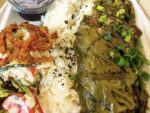
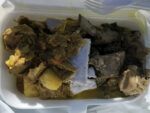
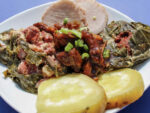
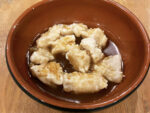
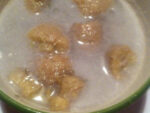
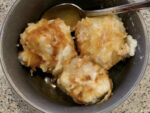
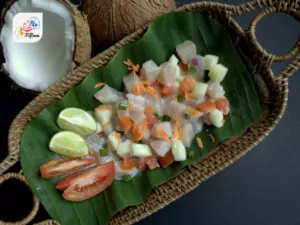
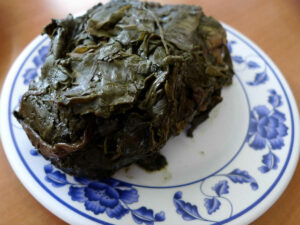
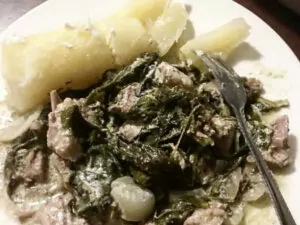
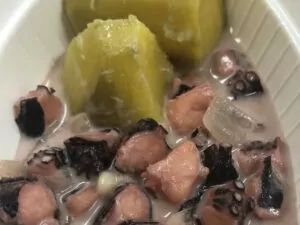
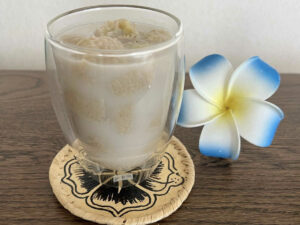
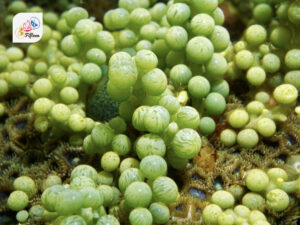
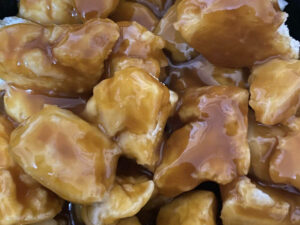
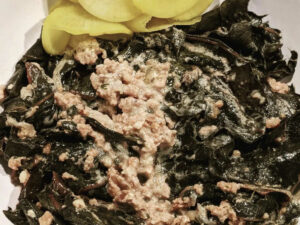
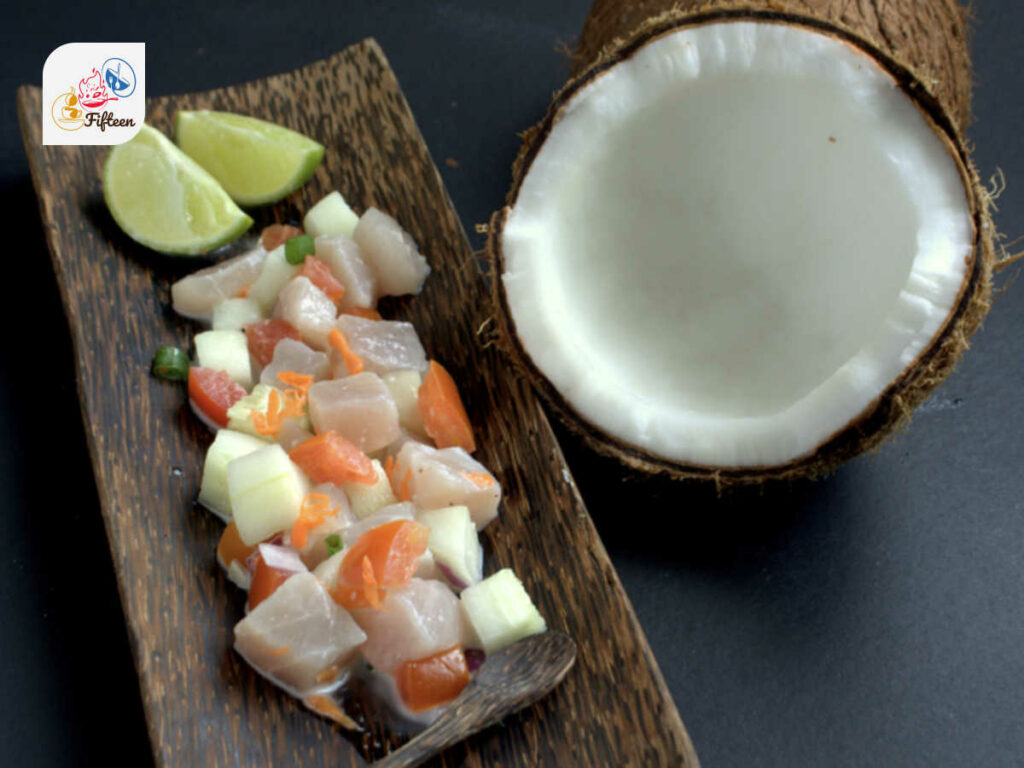
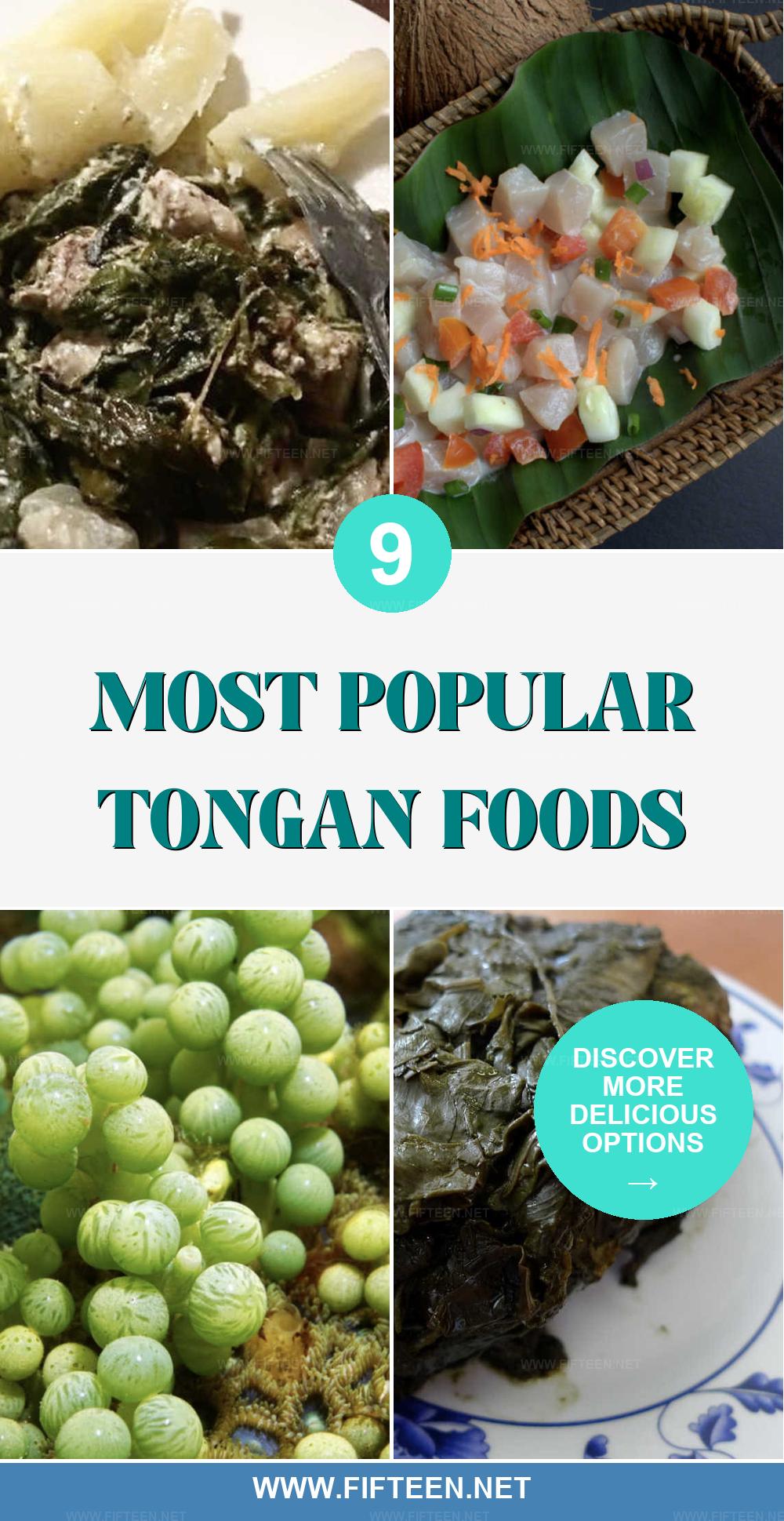
Jamie Scott
Editor in Chief, Senior Content Writer
Expertise
Home Cooking, Meal Planning, Recipe Development, Baking and Pastry, Food Editor, Cooking-video Maker, Western Food Evaluation Expert
Education
Le Cordon Bleu College of Culinary Arts
Local Community College, New York, NY
Jamie Scott is a skilled culinary expert and content creator specializing in Western cuisine. With over 15 years in the culinary field and formal training from Le Cordon Bleu, Paris, Jamie deeply understands how to blend nutrition with delicious flavors. His passion for cooking matches his commitment to making healthy eating accessible and enjoyable.
On Fifteen.net, Jamie brings a fresh perspective to classic dishes and beverages, offering readers insightful recipes, cooking tips, and a fresh view on meal planning that emphasizes taste, health, and simplicity.